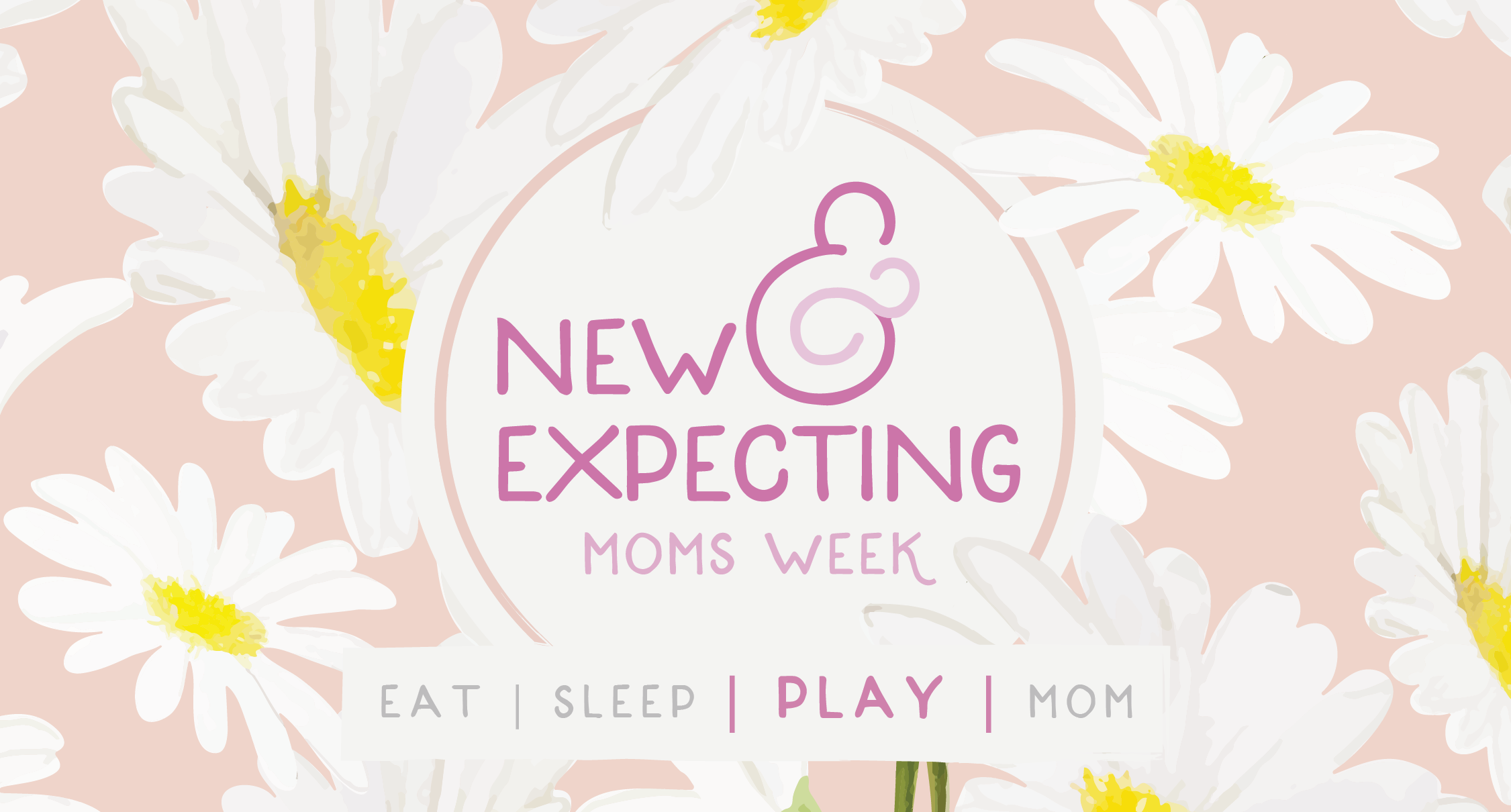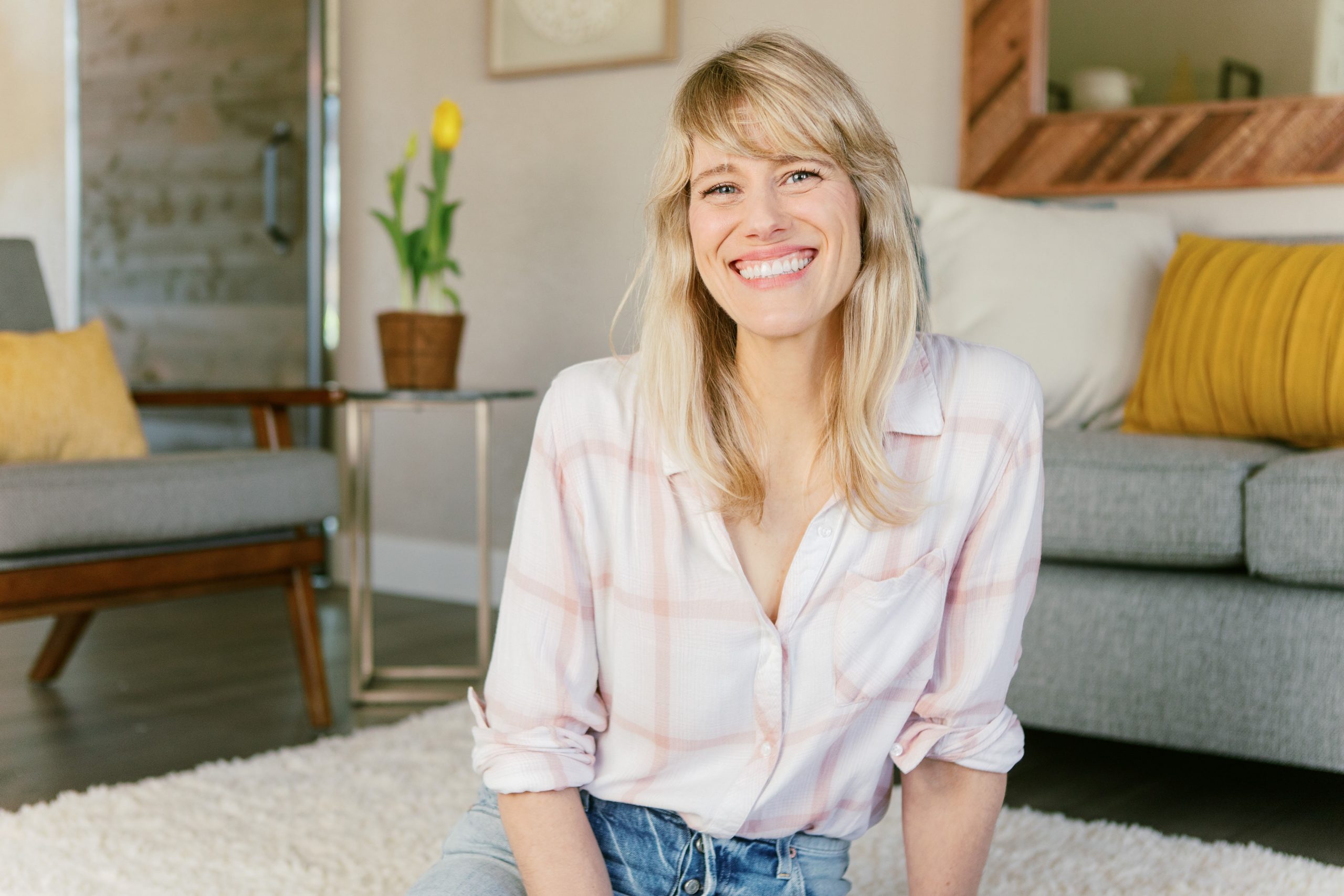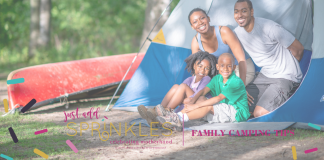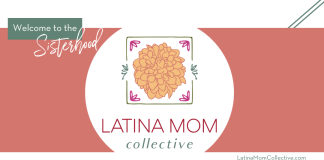
At City Mom Collective, we are dedicating a week to empowering and supporting new and expecting moms. Even though we have always been doing that for the past 10 years, this week, we are focused on four specific topics, EAT, SLEEP, PLAY, and MATERNAL HEALTH. Today we are having a conversation and interview with Jessica Rolph of Lovevery around the topic of PLAY. Please watch the interview below for tips for playing with your baby!
Jessica Rolph:: Co-Founder & CEO of Lovevery

Jessica Rolph is Co-founder and CEO of Lovevery, a stage-based early learning program best known for their award-winning subscription Play Kits. Prior to Lovevery, Jessica was the Co-founder and COO of Happy Family, helping to launch, build and lead Happy Family to its position as a top organic baby and toddler brand in the U.S.
Jessica also co-founded the Climate Collaborative, a non-profit organization helping companies in the natural products industry take meaningful steps to reverse climate change. Jessica and her husband, Decker, live in Boise, Idaho and are parents to three children.
Play Tips for Babies | An Interview with Jessica Rolph of Lovevery
Tell us about Lovevery – what drives your work and how are you helping families?
I want to start by telling you a story of what it was like to be a new parent for me. I remember hoping for some quality connected time with my child. My first is a little boy and he was in that stage where he was pulling up to stand. I remember being with him and wanting that moment of connection. I was in his play area and we had this foam mat and we had all these toys. And he was pulling himself up to this one of these toys. And all of a sudden I noticed he was pushing one button. Lights are flashing, music is playing, a Purple Cow is popping out of the way and I remember feeling kind of empty. I didn’t have this connection that I was looking for with my little guy. I also remember wondering what this toy was actually doing for his development, for his brain? I know that we get this headline a lot as new parents and the right time to hear the headline is as a new parent, not you know, a decade into parenting because there’s so much we can do in the early stages of our child’s life. 80% by weight of the brain is developed by age three. This is huge news in the public’s policy sphere, around 50% of who we become is based on our genetics. The other half is actually these early experiences. So I found myself wondering, what were these? How are these toys actually helping to develop his brain? I felt like something was missing. Admittedly I’m like a nerd at heart and I actually will say that I will send anybody a copy of this doctoral thesis that I read that inspired Lovevery. It was a piece of work that was a survey of all the research on infant brains and how they develop. But then it created this actionable plan of these really simple, easy things that I could do around the house with my baby to help him develop. I felt so empowered and so confident about what I knew about what my child wanted to learn, was hungry to learn at each stage and how I could help him by making my own toys and tools. I really started dreaming about creating an early learning program that became Lovevery.
What are some of the most enriching ways moms can play with their babies up to age 12 months?
What I would love to do is sell you on Lovevery but I’m actually not going to do that. I’m going to tell you that there’s a lot of information for parents that we have on our blog, and I totally recommend that new parents come and sign up for a weekly email. There are two things that you can do as a parent that really don’t require any toys. Number one, talking to your child from birth can make such a difference in scaffolding, their brain development. Early education specialists talk about how important it is to give a lot of language input to babies and toddlers, the more language input you give them, generally, the sooner they will talk back to you. Talking back can actually look like a COO, a babble of any kind of vocalization, like cough, if you respond to those vocalizations that your baby is making, with words and with language and with attunement, like looking at them and touching them and being interested in what they’re saying to you, they will actually start to build capacity for communication much earlier than if you are just bringing them on your day and not being intentional about that communication. It can be kind of awkward to talk to a baby who doesn’t talk back. We have a lot of tips at Lovevery about how to do that; books are the best to read and how to really engage them in that sort of narration. We also have some demonstration videos of what that looks like. That’s the first thing I would say, really building talking and communication is really a foundation for IQ, which sounds really nerdy and IQ is kind of like an old, old school way of thinking about things, but there’s a ton of science on how important it is. Secondly, take your baby on a house tour. This is something that might seem strange, but this was actually something that I loved to do with my babies, whenever they were fussy. Sometimes I realized that they weren’t actually hungry, they weren’t tired, they were actually looking for more stimulation. Your home offers a whole world of stimulation for your baby. If you’re able to face them forward, so in the beginning, that might mean you are really supporting their neck as the carrier might not make sense to put them facing forwards, you’re really holding them where they can be facing out and seeing your world. Slowly walk around and open and close cupboards, take out a glass of water, pour the water, listen to the sounds of the water pouring into the glass, narrate what you’re doing. You will find that your baby is captivated. The more you can narrate experiences, the more you can really engage with your baby, you will find that this is their favorite activity that they will do for that whole first year. We have more about this and Lovevery blog.
How much time should we really spend playing WITH our kids? How much should we encourage them to play independently?
Well, I will say this is obviously based on how much time you have and what your life situation is. I will say that if you’re able to be present with your baby, for 10,15, 20 minutes a day, that is meaningful. Joint attention in child development speak is where you’re both looking at something like a rattle together, it actually helps your baby build focus. I talked to a research scientist, who was doing a study on on this, this, this effect of joint attention, focusing on one thing, and it showed that babies whose parents gave that attention for just that 15 or 20 minutes a day, at a shared time, where they’re both looking at a rattle watching it, talking about it, narrating and experiencing this object together have had a much better attention span, actually months later than babies who weren’t given this intentional time. If we can find 15 to 20 minutes a day, that can really make a difference, and your baby won’t be able to sustain attention for that long. If you can kind of break it up into a few chunks of time. That’s meaningful, I think that, you know, when we think about this kind of tension between independent play and shared play, I think that if in the beginning, the more you can engage with your baby, and then start to build capacity for independent play over time. The input that the adult gives in creating their environment and giving them an intentional environment, walking them around, and house tours, talking to them, all of that input really does build their synapses in their brain for meaningful, brain growth and development. That being said, babies can also experience times of independent play. So if there’s a time that you want to leave your baby on the play gym, for example, for, you know, five minutes, if they’re engaged, and they’re happy, they’re focusing their learning to build their own focus and their own capacity for focus, you can continue to build that up and extend that time as they get older. Building that habit of having some time dedicated to independent play can be really helpful for their development. So that might look like you know, for an infant on their back, looking to bat, the batting ring on the play gym back and forth, you know, might be engaged for five minutes, you’re in the room, but you’re not engaging with them, you’re not talking to them at that time. It might then increase as they get into toddlerhood with toy rotation, giving them new items, but fewer better things, fewer open ended toys can actually build more attention and capacity than a room full of a bunch of stuff. So as your baby gets more mobile, think about having only a few items out and on rotation at a time. Because if you have too many things it can actually distract them. Research shows they have better, deeper play and more learning when they have less stuff in their environment.
Do you have any favorite types of toys for babies?
The toy industry was built on Toyism. So we, as adults, think that babies need animals and books with fantastical illustrations and teddy bears and jungle themes. That might be interesting to a baby, but it doesn’t actually build lasting neural connections. So that plastic toy my son was playing with, you know, every single day where the the lights are flashing, and the Purple Cows popping out, he is memorizing that sequence of events, he’s memorizing that when he pushes that button, a Purple Cow will pop out, the lights will flash that music will start playing. That neural connection is that he is really interested in understanding cause and effect. So he’s building deep grooves in his brain on those neural connections. Unfortunately, all that neural network is not relevant to real life. So that network doesn’t stay with him past three. For example, what we want to do is take your baby on a house tour, turn on and off all the lights in the house and help them understand real life cause and effect, or have them drop a ball through a tube, or have them hold a heavy and light ball that look identical, but one of them is really heavy, and the other is really light, or pull fabric tissues out of a tissue box and understand how containment really works for an organic way where the child is doing the work, not the toy is entertaining, or doing all the work for the child. That’s the distinction between something that’s healthy, that’s based on neuroscience, that really builds those lasting brain connections, versus something that’s kind of empty calories, more entertainment, more interesting to your baby. Your baby might be captivated, but it’s not actually building that foundation for their brain architecture to be the most it can be. We’ve developed stages, just the essentials for every stage of your child’s development, but we’ve really stripped away what we’ve traditionally thought of as a toy, and built it up based on what neuroscience says is most meaningful for your child to learn at each stage. Then that gives you clues into other items you can pull in from the home. Once you understand what your baby is hungry to learn at that moment, we give you a bunch more ideas of things that you have that aren’t, you know, really toys. Yeah, but there’s so much more that you can do with what you have, as long as you know what your child wants to learn.











